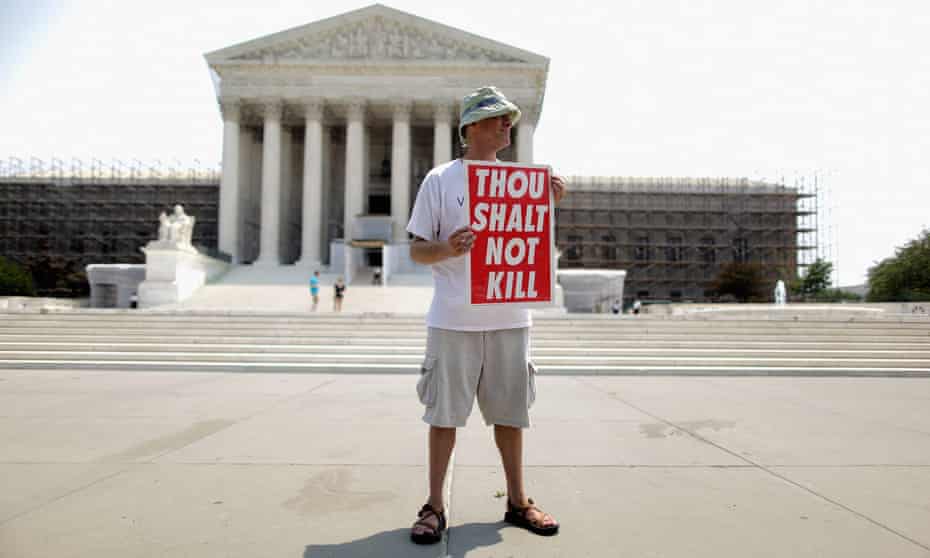The Fix: The Death of Capital Punishment

by Apurva Mahajan ‘22
Earlier this year, the Democrat-majority Virginia House and Senate approved legislation to abolish the death penalty. Governor Ralph Northam, also a Democrat, said that he plans to pass the bill into a law as soon as it reaches him. Over centuries, the death penalty has proven itself to be riddled with injustices, particularly racial disparities in the United States. This step Virginia has taken could prove to be the stepping stone pushing towards the end of capital punishment throughout the country, fixing a problem that has gone on for too long.
Capital punishment, otherwise known as the death penalty, is by definition, the state-sanctioned homicide as punishment for a crime. Virginia currently executes one of two ways and lets the sentenced person decide between lethal injection and electrocution. There are currently only two people on the state’s death row waiting to be executed.
On the Senate floor, Democratic State Senator Mamie Locke stated that “Lynchings were the precursor of the death penalty. In the 1940s and 1950s, they simply moved from outside to the inside — legal violence instead of vigilante justice. It is not lost on anyone — it’s those states that have a high number of lynchings that correlate with their support of the death penalty, including here in Virginia.”
Statistics show that surprisingly, it is not primarily the race of the defendants that shows the inequalities in the capital punishment system, but rather the race of murder victims. This means that a black person who kills a white person will be the most likely to end up on death row. Even though Virginia’s population is about 20 percent African American, Black inmates make up 46 percent out of the 114 people executed in the state, according to the DPIC. White inmates often end up receiving a sentence less than death through the process of plea bargaining, when the defendant pleads guilty to a lesser charge in order to receive a more lenient sentence. “48 percent of White defendants were able to receive a sentence less than death through plea bargaining. Yet, only 25 percent of Black defendants and 28 percent of Hispanic defendants were able to plead guilty in exchange for life sentences.” said the National Association for the Advancement of Colored People (NAACP).
Twenty-two states have banned the death penalty, but this doesn’t mean much due to the fact that “they never sentenced very many people to begin with,” explained Duke law professor Brandon Garrett. Virginia, however, has the second highest number of executions. If the the Governor signs the bill into law, Virginia will become the first state in the South to have put an end to capital punishment.
Advocates in favor of the death penalty often use the rhetoric of practicality, implying that the death penalty deters potential criminals away from crime. However, when compared, states with the death penalty still have higher crime rates. According to the DPIC, in 2018 the murder rate in death penalty states was 5.34 while the murder rate in non-death penalty states was 4.1. That’s a 30-percent lower rate of murder in places that have already abolished capital punishment.
If the influential southern state of Virginia manages to abolish capital punishment, the effect is predicted to snowball, and more southern states will follow suit. Movements for abolishing the punishment in other southern states such as North Carolina, South Carolina, Kentucky, and Texas have also been established, and are getting a push from Virginia’s bill. Virginia could ultimately lead to the death of the death penalty as we know it.